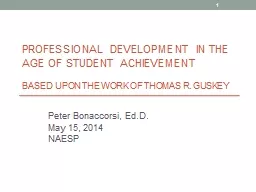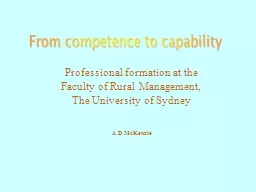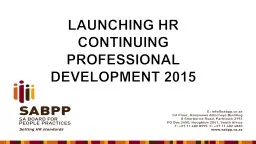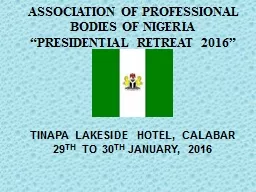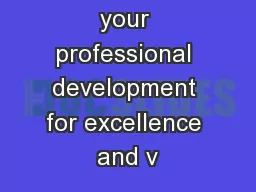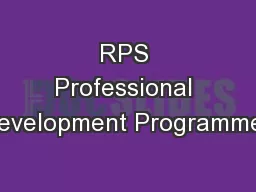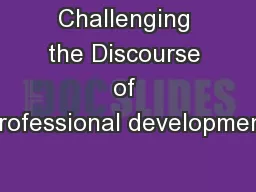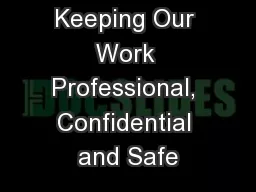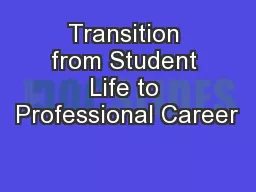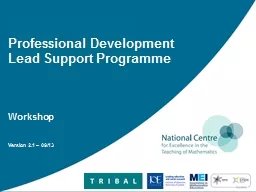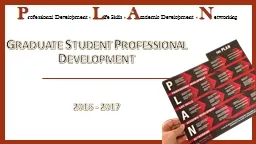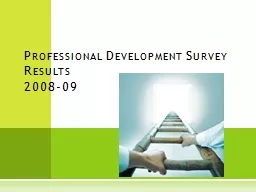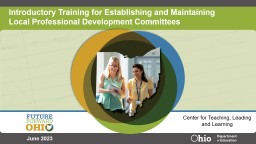PPT-Professional Development In The Age Of Student
Author : mitsue-stanley | Published Date : 2018-11-05
Achievement Based upon the work of Thomas R Guskey Peter Bonaccorsi EdD May 15 2014 NAESP 1 A Little Bit About Me 2 Peter Bonaccorsi BMus Music Education
Presentation Embed Code
Download Presentation
Download Presentation The PPT/PDF document "Professional Development In The Age Of S..." is the property of its rightful owner. Permission is granted to download and print the materials on this website for personal, non-commercial use only, and to display it on your personal computer provided you do not modify the materials and that you retain all copyright notices contained in the materials. By downloading content from our website, you accept the terms of this agreement.
Professional Development In The Age Of Student: Transcript
Download Rules Of Document
"Professional Development In The Age Of Student"The content belongs to its owner. You may download and print it for personal use, without modification, and keep all copyright notices. By downloading, you agree to these terms.
Related Documents

